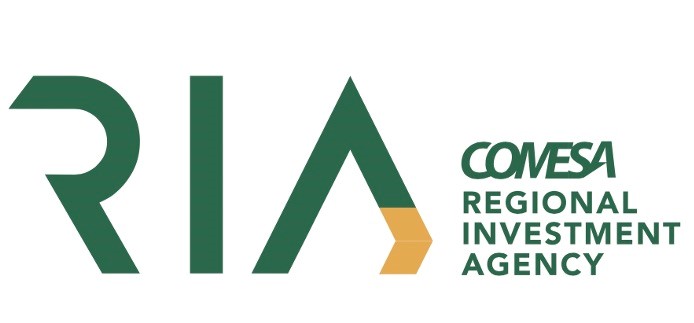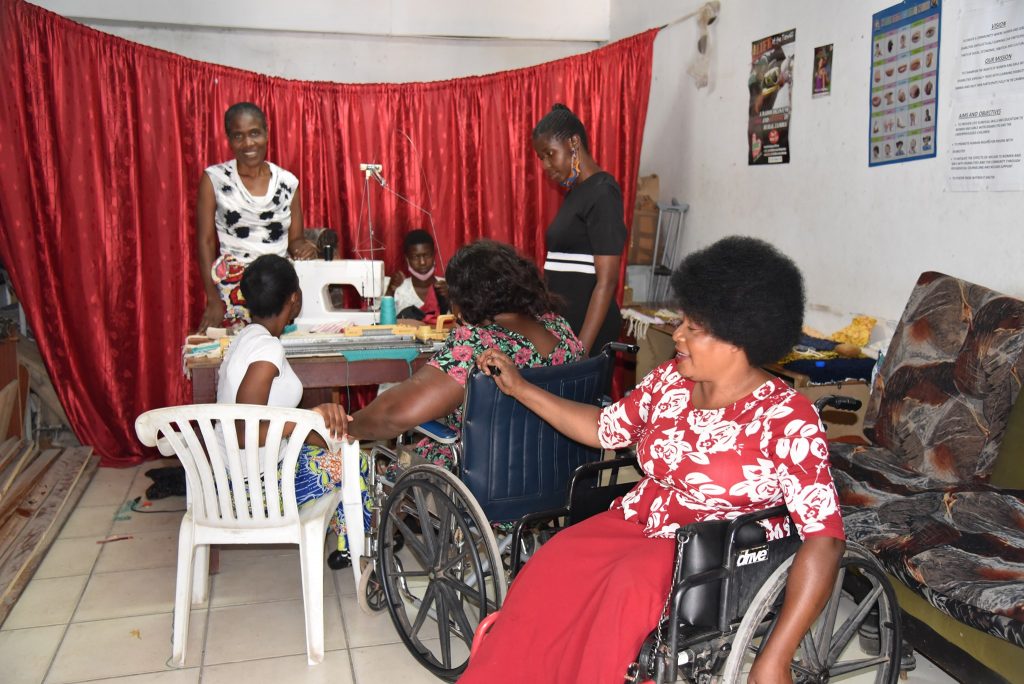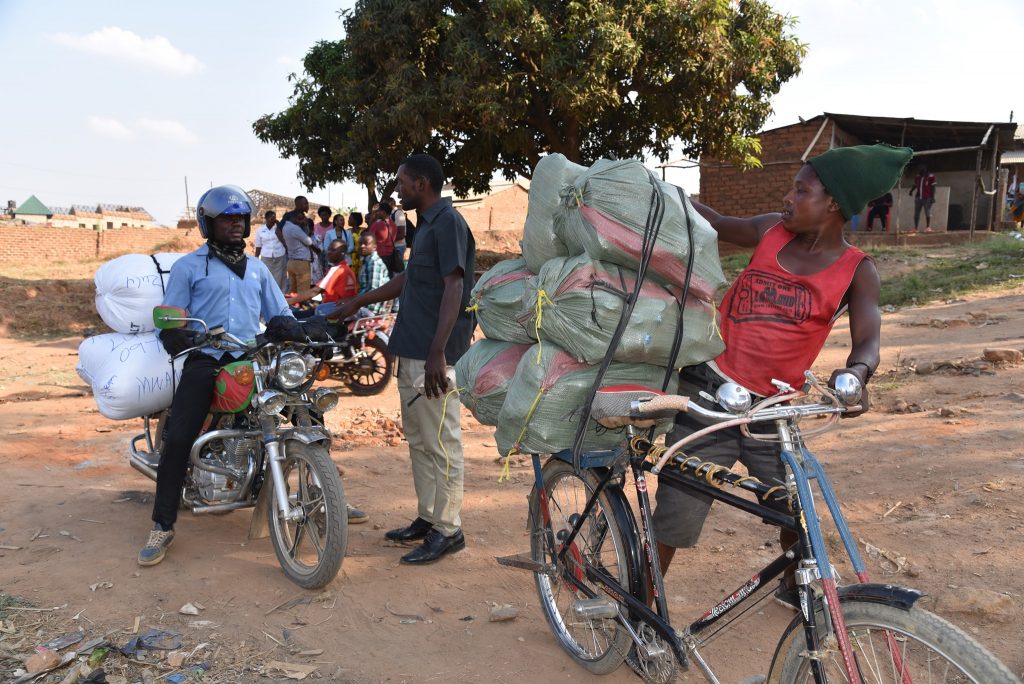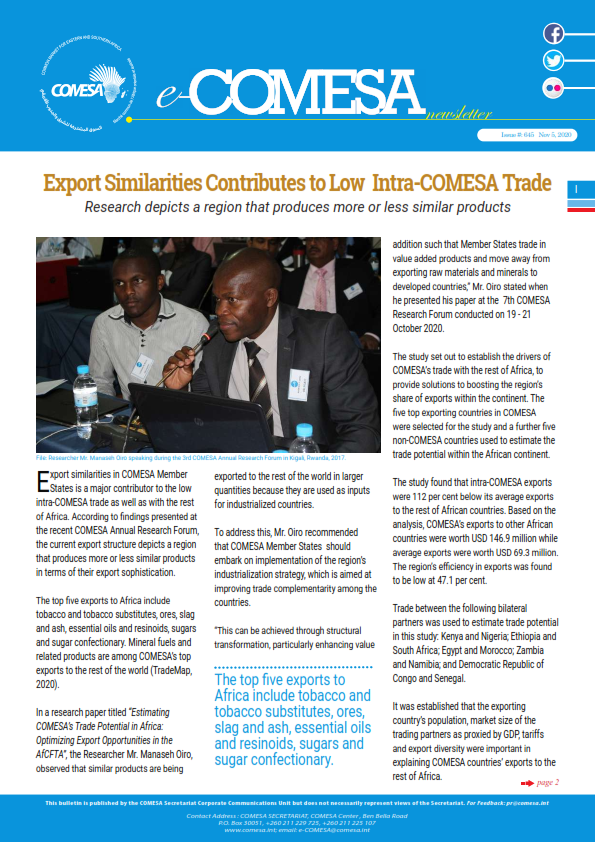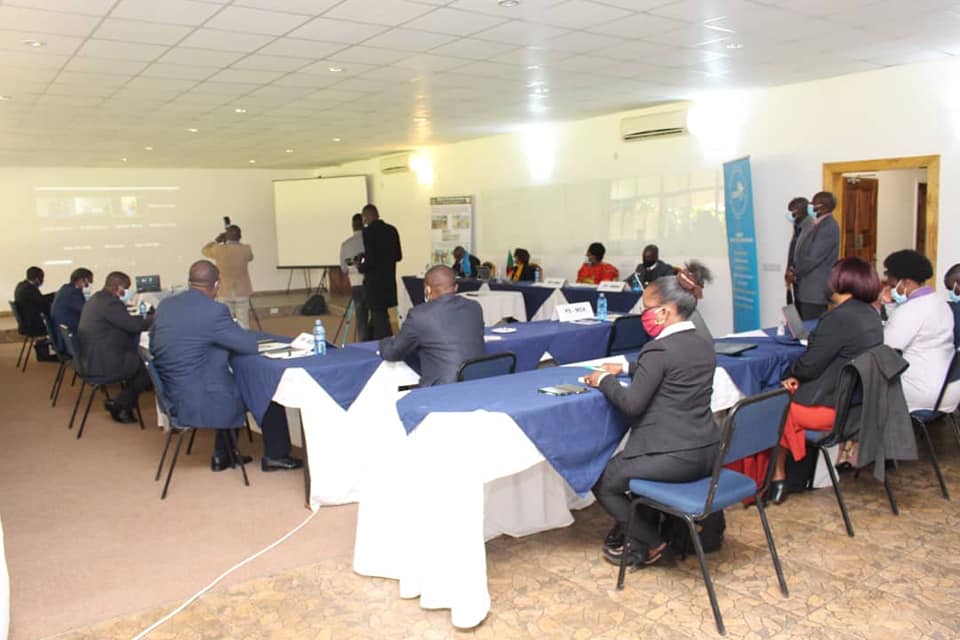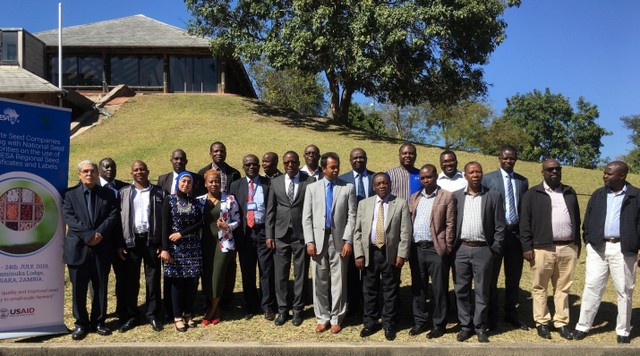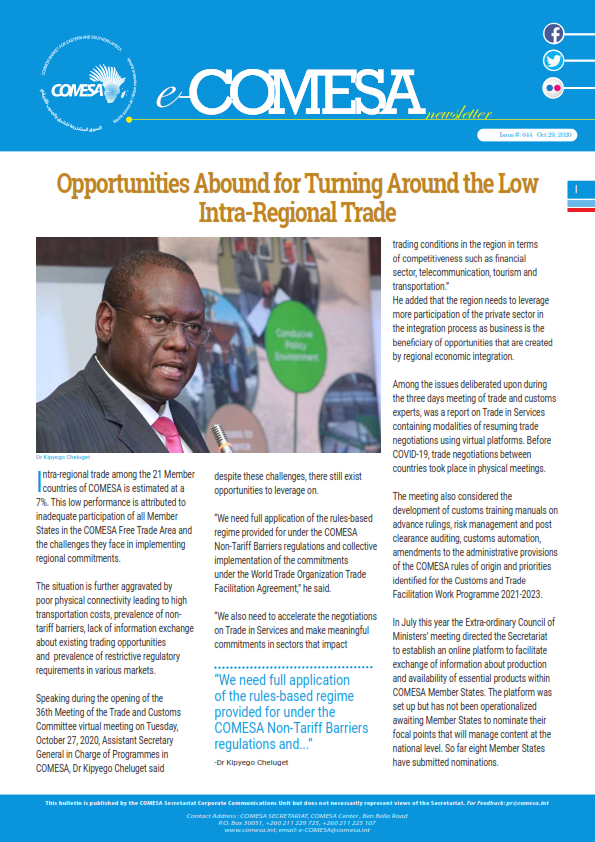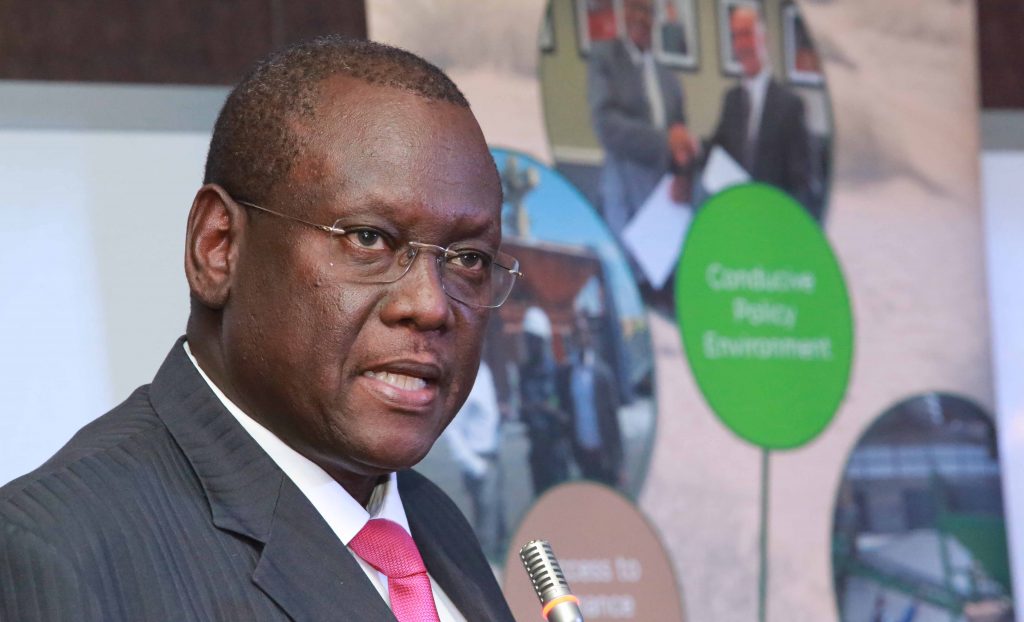Covid-19 Measures in Member States 29th Edition
This publication comprises a listing of measures that COMESA Member States have put in place to contain the spread of the Corona virus. They cover trade facilitation and support to businesses, protection of the vulnerable from the impact of the spread of the virus and other relevant measures. It also includes the support received from…
Read more






